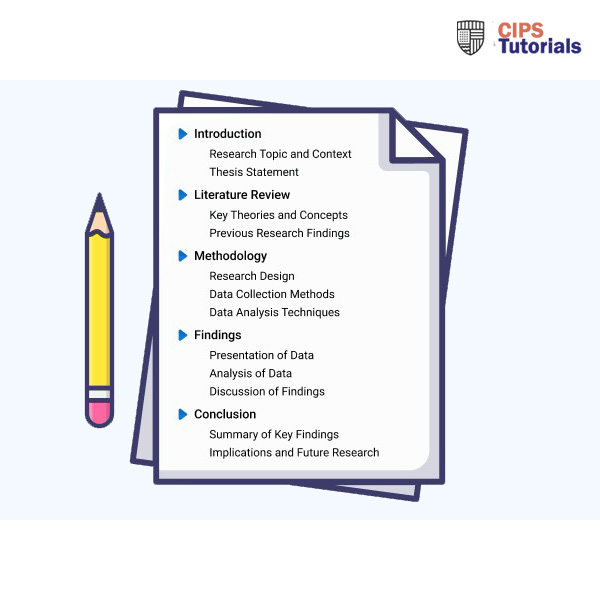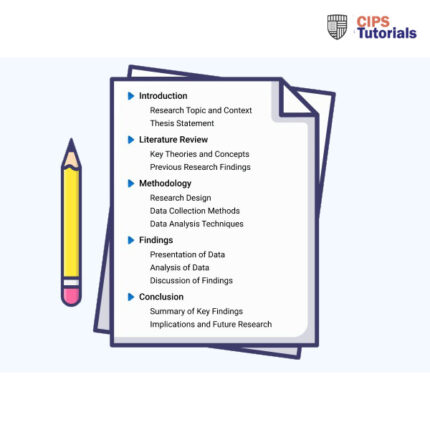-63%
Description
Related Papers
(Solution) CIPS Emirates Transport Company Strategic Supply Chain Management SSCM
- This assessment has focused on evaluating the supply chain map in Tyres spend category in ETC organisation.
- The relevance of this has been to enumerate the extent in which their supply chain is characterised by strengths and weaknesses as it influence the scope of the stakeholders interaction.
- Successful evaluation and eventual development of supply chain is core as it note on stakeholders visibility, ethical-best practice, risk management and costs reduction.
- Strengths identified to be associated with the 2-tier supply chain entail a high-level collaboration, cost reduction and managing time appropriately.
- ETC is found to gain from a high-level positioning in UAE Transport sector. This is with their innovation increasing since supply chain is integrated with technology use.
(Solution) CIPS TAQA Water Solutions Sourcing Essentials (PSE)
(Solution) ICS Learn CIPD Level 5 Reward for Performance and Contribution (5HR03)
(Solution) CIPD 5CO03 Professional behaviours and valuing people Assessment ID / CIPD_5CO03_23_01
(Solution) Negotiation Plan Red Sea Global Practitioner Corporate Award Assignment- PIN
This final assignment is integrated and intend to develop a formal negotiation plan for an organisation Procurement and Supply Management (PS&M).
The areas of focus include driving value through procurement and supply, managing expenditure, contracts development, sourcing essentials, and negotiation in PS&M.
The organisation of focus is Red Sea Global (RSG) Organisation a luxury, sustainability and innovation convergence for redefining development process. This is by focusing on the Cost Estimation Service (CES) spend category which are instrumental for RSG active practices.
In order to obtain appropriate findings in this negotiation plan, various tools including STEEPLE, Porter’s 5 Forces, SWOT analysis and Mendelow Matrix Stakeholders have been embrace for development of a negotiation plan. This is guided by the view that RSG as a development sector organisation has their priority on improving cost management efficiency and success in coming up with new developments and tourism models.
With the tourism sector slowly recovering from POST-COVID pandemic negative implication by economic slowdown, financial resources in RSG PS&M and negotiations have reduced. As such, the existing resources for RSG are not much. Therefore, the value for money outcomes in the negotiation strategy is supposed to be put into consideration.
For RCG, this is the rationale of coming up with a detailed negotiation plan for success in PS&M operations. The negotiation plan is in alignment with various sourcing approaches, terms and conditions and varying expectations.
The key findings indicate the best practice include use of different content in development of a negotiation plan. The steps followed have been identified to include preparation, test, propose, bargain, agree and close.
The key findings also highlight the essential of involving all organisation stakeholders as part of the negotiation. This is with stakeholders relationships being essential.
Another key finding is that for success in the negotiation process, leverage on BATNA and MLA is essential to obtain relevant findings.
From the findings and also conclusions obtained, various recommendations can be generated.
The recommendations inclue nee to initiate sufficient planning to involve all the stakeholders while at the same time holistically investing in technologies and managing conflicts of interest.
Another recommendation include need to customise negotiation strategy informed by market environment factors.

